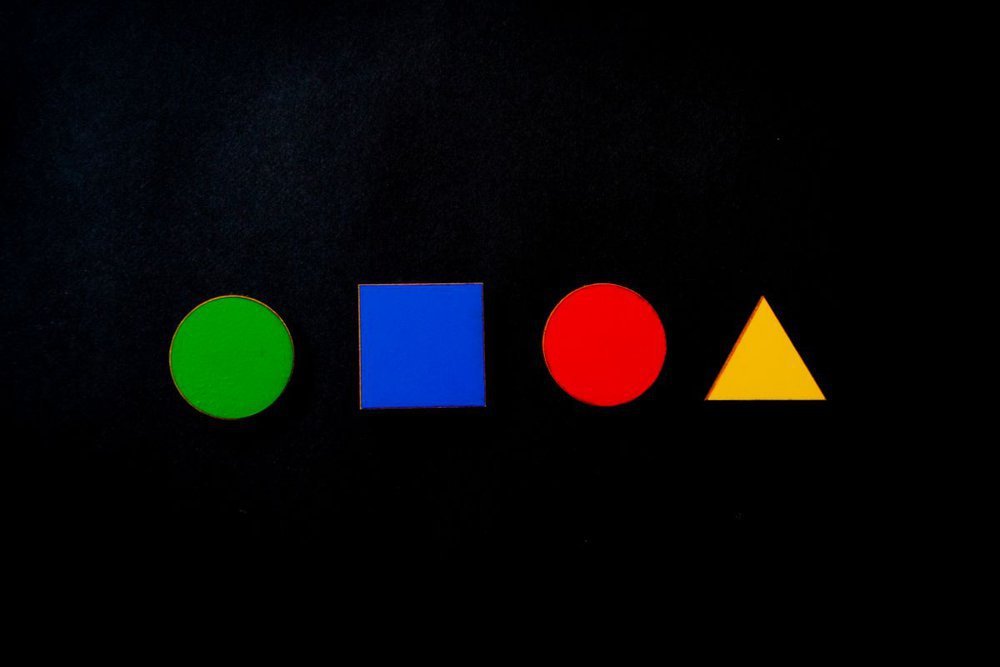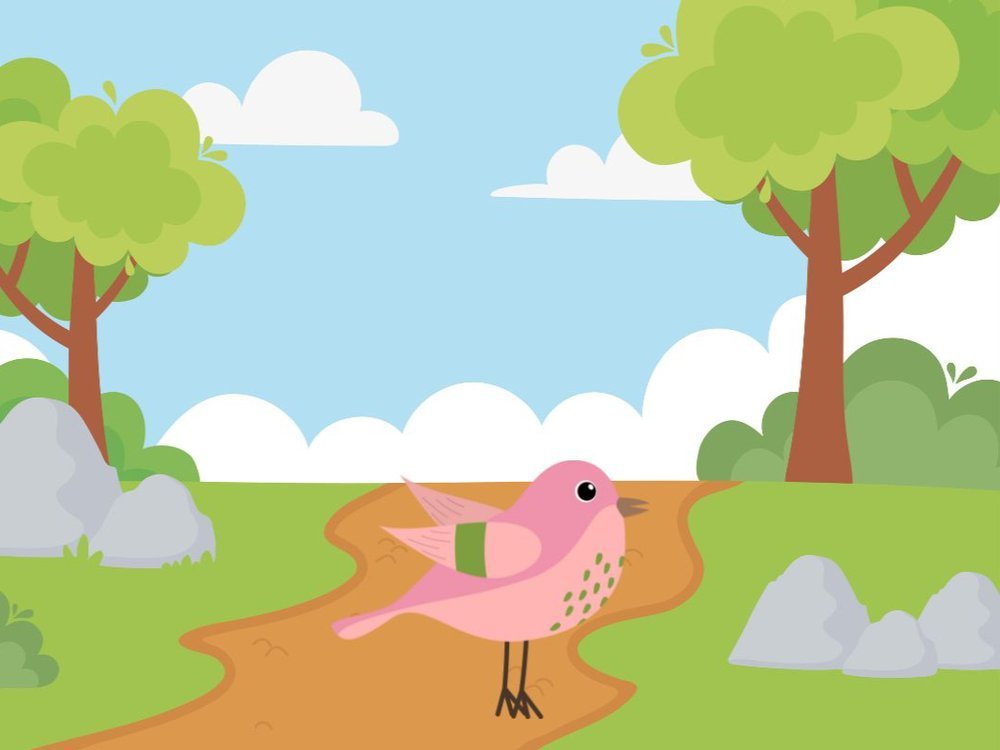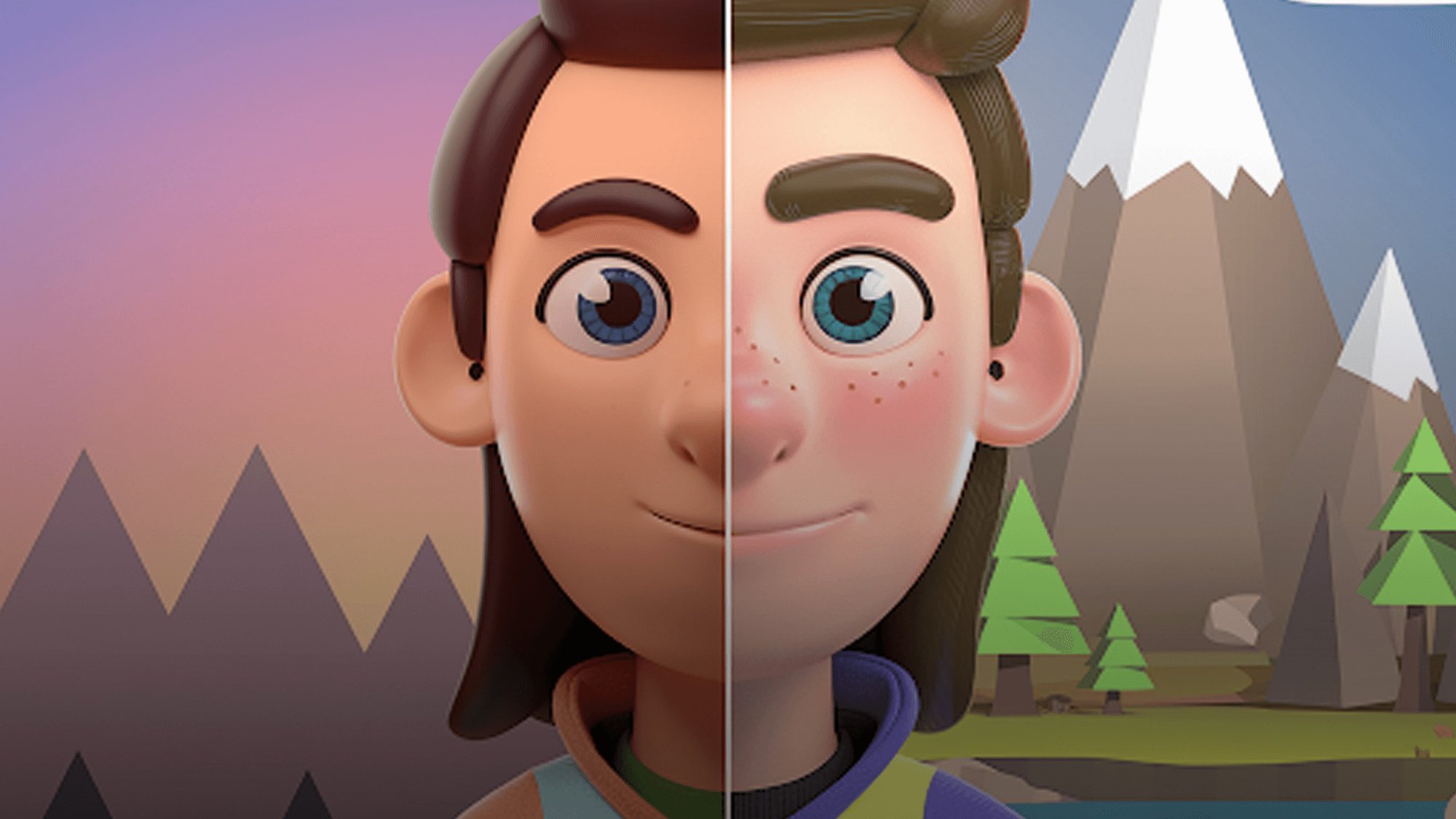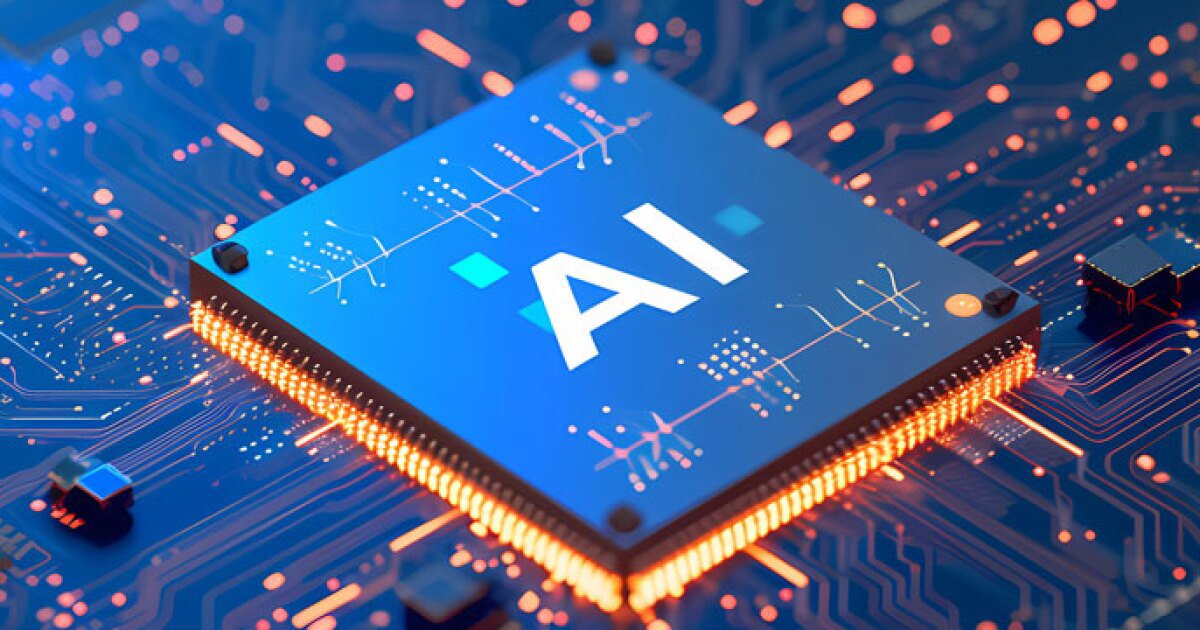Animation keeps evolving. What started as simple two-dimensional drawings has grown into a world of lifelike three-dimensional visuals that blur the line between digital and reality.
Today, both 2D and 3D animation shape how brands communicate, connect, and convert. From product videos and explainers to cinematic marketing campaigns, each style shapes how audiences connect with a message.
The real question isn’t which one is better, it’s how your business chooses between 2D vs 3D to make complex ideas simple, compelling, and visually unforgettable.
In this article, we’ll explore the main differences between 2D and 3D animation, their unique strengths, and how each can bring ideas to life through creative video production.
2D vs 3D: Shaping Perception
The difference between 2D and 3D goes far beyond flat versus realistic, it’s about how we see, design, and experience form. What starts with basic geometry shapes how animation feels, moves, and connects with an audience.
2D animation is built on two-dimensional shapes that exist on a flat plane. They have length and width, but no depth, creating the look of flat shapes drawn on a surface rather than built in space. Circles, squares, and triangles are simple examples. These shapes form the foundation of 2D animation, allowing for expressive, simplified visuals that focus on movement, contrast, and emotional clarity.

3D animation, by contrast, is based on three-dimensional shapes: objects with length, width, and depth that occupy real space and can be viewed from multiple angles. Think of cubes, spheres, and cylinders. They feel solid and lifelike because they have volume, light, and shadow. This dimensionality gives 3D animation its realistic look and immersive quality, allowing characters and objects to move and rotate naturally within digital environments.

In essence, 2D animation simplifies, while 3D animation simulates. The first draws attention to storytelling and style; the second emphasizes realism and detail. That’s why 2D often works best for explainers, education, and brand storytelling, while 3D excels in product demos, simulations, and virtual experiences.
Tip: 2D animation helps simplify ideas and connect emotionally, while 3D animation helps visualize complex products or data in realistic depth.
Over the past decade, animation has evolved into one of the most effective tools for B2B communication, giving companies across industries, from healthcare to SaaS a powerful way to simplify complexity and connect with audiences on a deeper level.
How 2D and 3D Animation Differ Visually
Now that we’ve looked at how 2D and 3D shapes work in theory, let’s see how those differences come to life on screen.
At first glance, the difference between 2D and 3D animation seems simple: one looks flat, the other feels real. But those visual qualities have a big impact on how a video communicates.
- Two-dimensional animation is stylized and expressive. It lives on a flat plane, using flat shapes, color, and motion to guide attention and simplify ideas. Think of classic motion graphics, whiteboard explainers, or animated brand stories designed to make complex information easy to follow.
- Three-dimensional animation adds depth, light, and texture. It builds lifelike objects and spaces that viewers can almost reach out and touch. Ever noticed how a great 3D demo video makes you feel like you’re holding the product yourself? That’s the power of realism and perspective at work.
Both styles have value, and the right choice depends on your creative goals and budget.
What Is 2D Animation

2D animation is the art of creating movement in a two-dimensional space using drawings, shapes, and digital illustrations. These two-dimensional objects move across a flat plane, using motion and timing to bring stories to life without the need for depth or perspective.
Rather than relying on depth or realism, 2D animation focuses on storytelling. It uses expressive motion, color, and timing to turn abstract ideas into something viewers can feel and understand. That makes it perfect for explainer videos, software tutorials, healthcare education, and training content.
In other words, it’s one of the simplest ways to turn complex information into something people actually enjoy watching.
Data from Wistia shows that videos under two minutes long often animated explainers see the highest completion rates and audience retention. This is why 2D animation continues to thrive in business communication and digital marketing.
As Walt Disney once said, “Animation can explain whatever the mind of man can conceive.” It’s a timeless reminder of how creativity and motion can make even the most complex ideas feel simple.
Here’s a quick look at the main advantages and challenges of 2D animation.
2D Animation Pros
- More cost-effective than 3D animation
- Faster production time and simpler workflows
- Requires less complex software and technical setup
- Great for emotional storytelling and expressive visuals
- Works well for training, marketing, and social videos
2D Animation Cons
- Limited depth and movement realism
- Hand-drawn animation can be time-consuming
- Lacks the “wow factor” of modern 3D visuals
What Is 3D Animation

3D animation creates movement using three-dimensional objects that exist in a digital space with height, width, and depth. It brings stories to life through realistic lighting, textures, and camera movement that mimic how people see the real world.
Unlike 2D animation, which lives on a flat plane, 3D animation builds immersive environments where characters and objects can move, rotate, and interact naturally. In other words, it gives you the freedom to show things from every angle, just like in real life.
Today, 3D animation powers everything from medical simulations and manufacturing demos to product launches and architectural walkthroughs. Ever wondered why product videos feel more believable when they use 3D models? The added depth helps viewers connect logic with emotion.
Faster rendering tools and advanced software make it easier for teams to create high-quality, realistic visuals that help audiences understand complex information. This same technology also powers virtual reality and interactive 3D environments, where users can explore stories and products in entirely new ways.
Like any production style, 3D animation comes with its own advantages and challenges.
3D Animation Pros
- Visually dynamic and highly detailed
- Creates realistic depth and lifelike textures
- Allows reusable models for future projects
- Perfect for product demos and immersive experiences
3D Animation Cons
- More expensive due to complex rendering and software
- Longer lead times for modeling, rigging, and lighting
- Harder to stylize for simple or flat design projects
Each style brings something unique to the table. The real power comes when 2D and 3D animation work together to tell a story that’s both engaging and visually dynamic.
Blending 2D and 3D Animation
In modern video production, it’s common to see 2D and 3D animation working together in the same project. Combining both styles creates a balance between emotional storytelling and realistic visuals.
Many marketing videos now use this approach to capture attention and communicate clearly. A product demo, for example, might feature a 3D model of the product with 2D animated overlays highlighting key features or data points. This blend keeps the visuals engaging while simplifying complex information.
HubSpot’s 2025 State of Marketing Report says that video content that combines multiple formats tends to see up to 25% higher engagement rates.
Insight: Many marketing videos now blend 2D and 3D animation to balance emotional storytelling with realistic visuals, giving brands more creative range and stronger audience engagement.
See examples of blended animation projects in our portfolio.
2D vs 3D Animation: Both Winners
Both 2D and 3D animation bring unique strengths to visual storytelling. While 2D animation captures attention with its artistic charm and expressive motion, 3D animation draws viewers in through depth, realism, and detail. Each style serves a purpose, and the right choice depends on what you want your audience to feel and remember.
From brand explainers and marketing videos to training and product showcases, combining both styles can elevate your message and make it unforgettable. Animation continues to evolve, but one thing stays true: it’s still one of the most powerful tools for bringing ideas to life through video production.
Looking to create your next animation project? At Levitate Media, we help businesses bring ideas to life through both 2D and 3D animation services: strategically, creatively, and at scale.
Frequently Asked Questions
What are the main differences between 2D and 3D animation?
2D animation uses flat, two-dimensional visuals to simplify ideas through stylized movement, while 3D animation builds three-dimensional spaces that feel realistic and immersive. Both styles tell stories effectively, but 3D offers more visual depth and realism.
When should a brand choose 2D animation over 3D?
2D animation is ideal for explainers, onboarding, and social videos where simplicity and emotion matter most. It’s faster to produce and more budget-friendly than 3D. Explore more in our 2D Animation Styles You Should Know About.
Why do businesses invest in 3D animation?
3D animation is perfect for product demos, manufacturing visuals, and medical simulations that need realistic depth and detail. It helps brands stand out with dynamic, high-quality visuals. Learn more about our 3D Animation Services.
Can 2D and 3D animation be used together in one video?
Yes. Combining both styles balances clarity and realism, giving you creative flexibility. This hybrid approach works especially well for marketing or training videos. See examples in our portfolio.
How does animation support a company’s overall video production strategy?
Animation simplifies complex ideas, enhances brand storytelling, and improves audience engagement. Whether in 2D or 3D, it helps businesses communicate clearly across platforms and industries.
Bring your brand story to life with professional 2D and 3D animation. Contact us today to get started on your next animation project!









